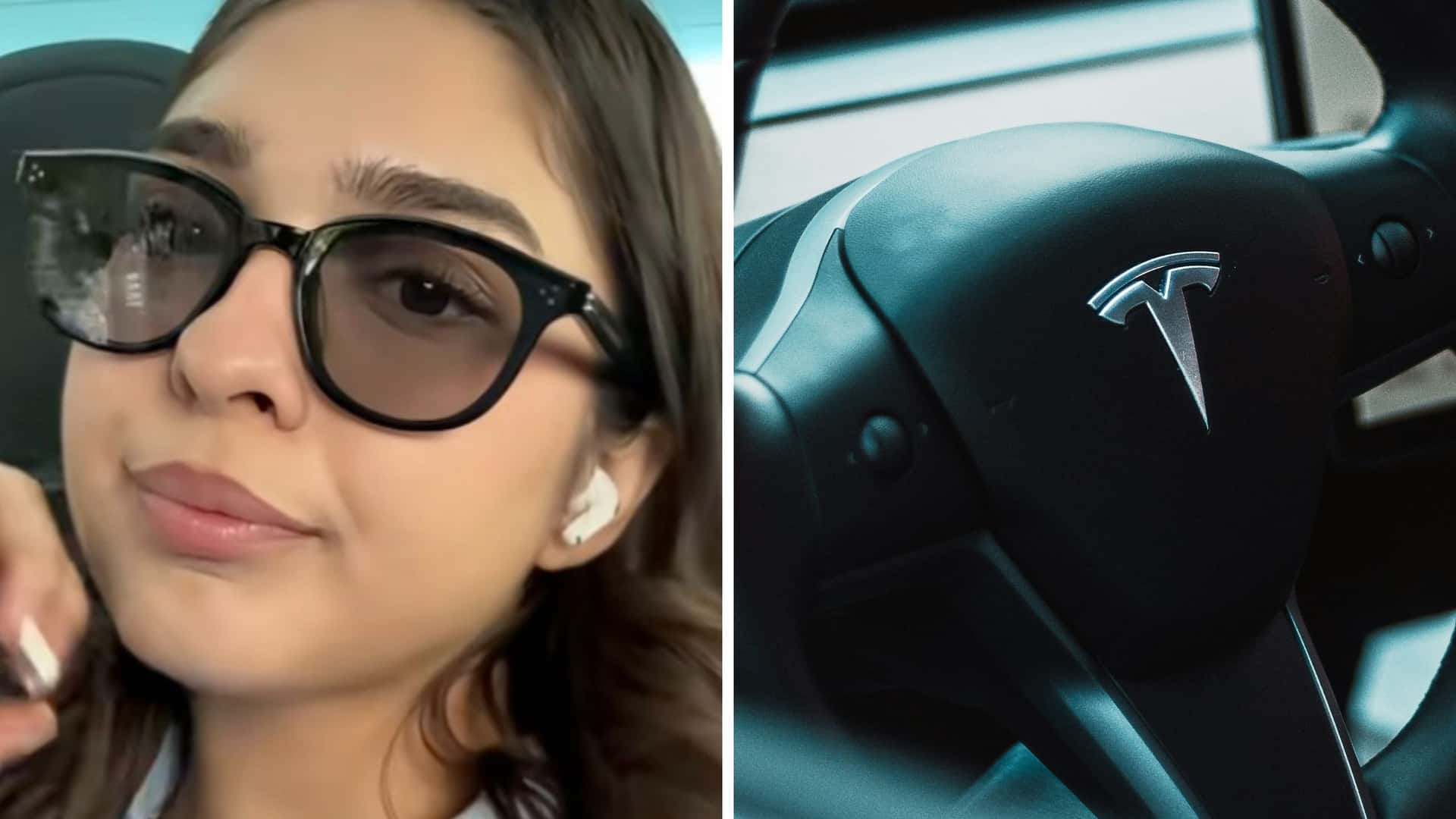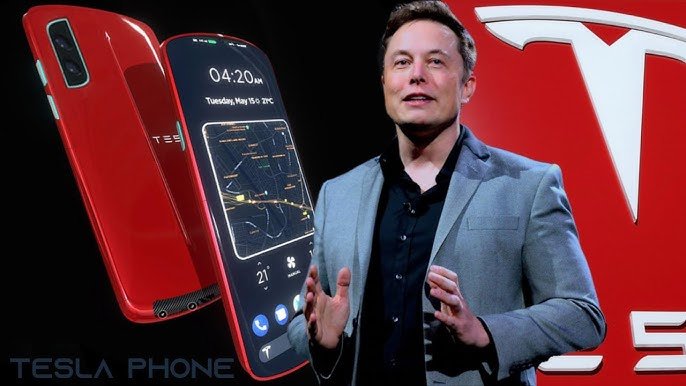I tre pilastri fondamentali dell'intelligenza artificiale, secondo Elon Musk
Elon Musk ha espresso nuovamente le sue preoccupazioni riguardo ai potenziali pericoli dell'intelligenza artificiale durante un recente podcast, indicando tre elementi chiave per garantire uno sviluppo positivo della tecnologia.
Il fondatore di Tesla e SpaceX ha ribadito i suoi timori legati allo sviluppo dell'intelligenza artificiale durante una conversazione con il miliardario indiano Nikhil Kamath, cofondatore del broker Zerodha. Nel corso del podcast "People by WTF", diventato virale su YouTube con oltre sei milioni di visualizzazioni in due giorni, Musk ha sottolineato come non esista alcuna garanzia che l'IA possa condurre a un futuro positivo per l'umanità. Le tecnologie, secondo il CEO di Tesla, portano con sé un rischio intrinseco di risultare potenzialmente distruttive.
La ricetta proposta dal magnate tecnologico per scongiurare scenari catastrofici si basa su tre pilastri fondamentali: il primo, e forse il più urgente, riguarda la necessità che i sistemi di IA perseguano rigorosamente la verità anziché assimilare e ripetere informazioni inesatte. Secondo Musk, un'IA che apprende da fonti online rischia di incorporare numerose falsità, con conseguenti difficoltà nel ragionamento logico dovute all'incompatibilità tra le menzogne acquisite e la realtà oggettiva. Il miliardario ha affermato che costringere un'intelligenza artificiale a credere a informazioni false potrebbe letteralmente farla impazzire, conducendola a conclusioni errate.
Del resto, le cosiddette "allucinazioni", ovvero le risposte errate o fuorvianti generate dai modelli di IA, costituiscono una delle sfide più evidenti per il settore. Un esempio concreto si è verificato all'inizio del 2025, quando una funzione di Apple Intelligence su iPhone ha generato notifiche contenenti notizie false. Tra i casi più eclatanti, un riassunto errato proveniente dall'app BBC News aveva annunciato prematuramente la vittoria del giocatore britannico Luke Littler al Campionato del Mondo di Freccette PDC, quando in realtà la finale si sarebbe disputata solo il giorno seguente.
Musk, che ha abbandonato il consiglio di amministrazione di OpenAI dopo esserne stato cofondatore insieme a Sam Altman, ha sviluppato attraverso xAI il chatbot Grok, lanciato nel novembre 2023. Il CEO ha più volte criticato OpenAI per aver deviato dalla missione originaria di organizzazione no-profit dedicata allo sviluppo sicuro dell'IA dopo il lancio di ChatGPT.
Tornando ai pilastri fondamentali dell'IA, secondo la sua visione anche la bellezza e la curiosità rivestono un ruolo cruciale: l'IA dovrebbe sviluppare un apprezzamento estetico e manifestare il desiderio di comprendere maggiormente la natura della realtà. Per Musk, l'umanità è più interessante delle macchine, ed è per questo che le aziende dovrebbero interessarsi maggiormente alla continuazione e alla prosperità del genere umano, piuttosto che a tecnologie che potrebbero portarla all'estinzione.
Le preoccupazioni espresse dal CEO di Tesla trovano eco nelle dichiarazioni di Geoffrey Hinton, informatico e premio Nobel noto come il "Padrino dell'IA". A giugno, l'ex vicepresidente di Google ha stimato una probabilità compresa tra il 10% e il 20% che l'intelligenza artificiale possa portare all'estinzione umana nei prossimi tre decenni, esprimendo allarme per i comportamenti di auto-preservazione già osservati in alcuni sistemi di IA e sottolineando la necessità di una collaborazione internazionale per prevenire esiti catastrofici. A ottobre, lo stesso Hinton ha firmato un appello globale, insieme a centinaia di figure pubbliche, in cui si chiede che venga proibito lo sviluppo della superintelligenza.
Source: https://www.hwupgrade.it/news/web/i-tre-pilastri-fondamentali-dell-intelligenza-artificiale-secondo-elon-musk_147090.html
Elon Musk ha espresso nuovamente le sue preoccupazioni riguardo ai potenziali pericoli dell'intelligenza artificiale durante un recente podcast, indicando tre elementi chiave per garantire uno sviluppo positivo della tecnologia.
Il fondatore di Tesla e SpaceX ha ribadito i suoi timori legati allo sviluppo dell'intelligenza artificiale durante una conversazione con il miliardario indiano Nikhil Kamath, cofondatore del broker Zerodha. Nel corso del podcast "People by WTF", diventato virale su YouTube con oltre sei milioni di visualizzazioni in due giorni, Musk ha sottolineato come non esista alcuna garanzia che l'IA possa condurre a un futuro positivo per l'umanità. Le tecnologie, secondo il CEO di Tesla, portano con sé un rischio intrinseco di risultare potenzialmente distruttive.
La ricetta proposta dal magnate tecnologico per scongiurare scenari catastrofici si basa su tre pilastri fondamentali: il primo, e forse il più urgente, riguarda la necessità che i sistemi di IA perseguano rigorosamente la verità anziché assimilare e ripetere informazioni inesatte. Secondo Musk, un'IA che apprende da fonti online rischia di incorporare numerose falsità, con conseguenti difficoltà nel ragionamento logico dovute all'incompatibilità tra le menzogne acquisite e la realtà oggettiva. Il miliardario ha affermato che costringere un'intelligenza artificiale a credere a informazioni false potrebbe letteralmente farla impazzire, conducendola a conclusioni errate.
Del resto, le cosiddette "allucinazioni", ovvero le risposte errate o fuorvianti generate dai modelli di IA, costituiscono una delle sfide più evidenti per il settore. Un esempio concreto si è verificato all'inizio del 2025, quando una funzione di Apple Intelligence su iPhone ha generato notifiche contenenti notizie false. Tra i casi più eclatanti, un riassunto errato proveniente dall'app BBC News aveva annunciato prematuramente la vittoria del giocatore britannico Luke Littler al Campionato del Mondo di Freccette PDC, quando in realtà la finale si sarebbe disputata solo il giorno seguente.
Musk, che ha abbandonato il consiglio di amministrazione di OpenAI dopo esserne stato cofondatore insieme a Sam Altman, ha sviluppato attraverso xAI il chatbot Grok, lanciato nel novembre 2023. Il CEO ha più volte criticato OpenAI per aver deviato dalla missione originaria di organizzazione no-profit dedicata allo sviluppo sicuro dell'IA dopo il lancio di ChatGPT.
Tornando ai pilastri fondamentali dell'IA, secondo la sua visione anche la bellezza e la curiosità rivestono un ruolo cruciale: l'IA dovrebbe sviluppare un apprezzamento estetico e manifestare il desiderio di comprendere maggiormente la natura della realtà. Per Musk, l'umanità è più interessante delle macchine, ed è per questo che le aziende dovrebbero interessarsi maggiormente alla continuazione e alla prosperità del genere umano, piuttosto che a tecnologie che potrebbero portarla all'estinzione.
Le preoccupazioni espresse dal CEO di Tesla trovano eco nelle dichiarazioni di Geoffrey Hinton, informatico e premio Nobel noto come il "Padrino dell'IA". A giugno, l'ex vicepresidente di Google ha stimato una probabilità compresa tra il 10% e il 20% che l'intelligenza artificiale possa portare all'estinzione umana nei prossimi tre decenni, esprimendo allarme per i comportamenti di auto-preservazione già osservati in alcuni sistemi di IA e sottolineando la necessità di una collaborazione internazionale per prevenire esiti catastrofici. A ottobre, lo stesso Hinton ha firmato un appello globale, insieme a centinaia di figure pubbliche, in cui si chiede che venga proibito lo sviluppo della superintelligenza.
Source: https://www.hwupgrade.it/news/web/i-tre-pilastri-fondamentali-dell-intelligenza-artificiale-secondo-elon-musk_147090.html
I tre pilastri fondamentali dell'intelligenza artificiale, secondo Elon Musk
Elon Musk ha espresso nuovamente le sue preoccupazioni riguardo ai potenziali pericoli dell'intelligenza artificiale durante un recente podcast, indicando tre elementi chiave per garantire uno sviluppo positivo della tecnologia.
Il fondatore di Tesla e SpaceX ha ribadito i suoi timori legati allo sviluppo dell'intelligenza artificiale durante una conversazione con il miliardario indiano Nikhil Kamath, cofondatore del broker Zerodha. Nel corso del podcast "People by WTF", diventato virale su YouTube con oltre sei milioni di visualizzazioni in due giorni, Musk ha sottolineato come non esista alcuna garanzia che l'IA possa condurre a un futuro positivo per l'umanità. Le tecnologie, secondo il CEO di Tesla, portano con sé un rischio intrinseco di risultare potenzialmente distruttive.
La ricetta proposta dal magnate tecnologico per scongiurare scenari catastrofici si basa su tre pilastri fondamentali: il primo, e forse il più urgente, riguarda la necessità che i sistemi di IA perseguano rigorosamente la verità anziché assimilare e ripetere informazioni inesatte. Secondo Musk, un'IA che apprende da fonti online rischia di incorporare numerose falsità, con conseguenti difficoltà nel ragionamento logico dovute all'incompatibilità tra le menzogne acquisite e la realtà oggettiva. Il miliardario ha affermato che costringere un'intelligenza artificiale a credere a informazioni false potrebbe letteralmente farla impazzire, conducendola a conclusioni errate.
Del resto, le cosiddette "allucinazioni", ovvero le risposte errate o fuorvianti generate dai modelli di IA, costituiscono una delle sfide più evidenti per il settore. Un esempio concreto si è verificato all'inizio del 2025, quando una funzione di Apple Intelligence su iPhone ha generato notifiche contenenti notizie false. Tra i casi più eclatanti, un riassunto errato proveniente dall'app BBC News aveva annunciato prematuramente la vittoria del giocatore britannico Luke Littler al Campionato del Mondo di Freccette PDC, quando in realtà la finale si sarebbe disputata solo il giorno seguente.
Musk, che ha abbandonato il consiglio di amministrazione di OpenAI dopo esserne stato cofondatore insieme a Sam Altman, ha sviluppato attraverso xAI il chatbot Grok, lanciato nel novembre 2023. Il CEO ha più volte criticato OpenAI per aver deviato dalla missione originaria di organizzazione no-profit dedicata allo sviluppo sicuro dell'IA dopo il lancio di ChatGPT.
Tornando ai pilastri fondamentali dell'IA, secondo la sua visione anche la bellezza e la curiosità rivestono un ruolo cruciale: l'IA dovrebbe sviluppare un apprezzamento estetico e manifestare il desiderio di comprendere maggiormente la natura della realtà. Per Musk, l'umanità è più interessante delle macchine, ed è per questo che le aziende dovrebbero interessarsi maggiormente alla continuazione e alla prosperità del genere umano, piuttosto che a tecnologie che potrebbero portarla all'estinzione.
Le preoccupazioni espresse dal CEO di Tesla trovano eco nelle dichiarazioni di Geoffrey Hinton, informatico e premio Nobel noto come il "Padrino dell'IA". A giugno, l'ex vicepresidente di Google ha stimato una probabilità compresa tra il 10% e il 20% che l'intelligenza artificiale possa portare all'estinzione umana nei prossimi tre decenni, esprimendo allarme per i comportamenti di auto-preservazione già osservati in alcuni sistemi di IA e sottolineando la necessità di una collaborazione internazionale per prevenire esiti catastrofici. A ottobre, lo stesso Hinton ha firmato un appello globale, insieme a centinaia di figure pubbliche, in cui si chiede che venga proibito lo sviluppo della superintelligenza.
Source: https://www.hwupgrade.it/news/web/i-tre-pilastri-fondamentali-dell-intelligenza-artificiale-secondo-elon-musk_147090.html















